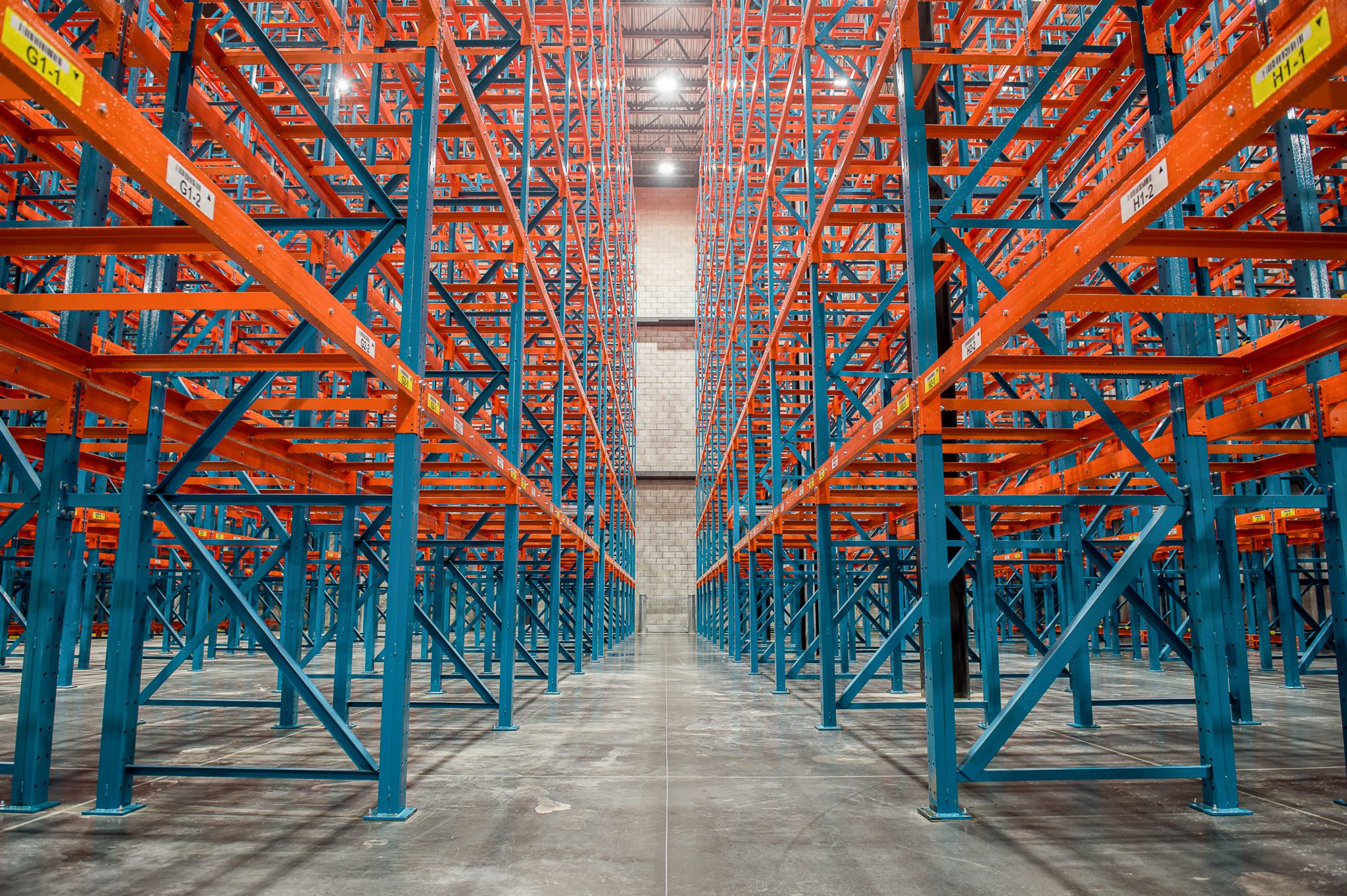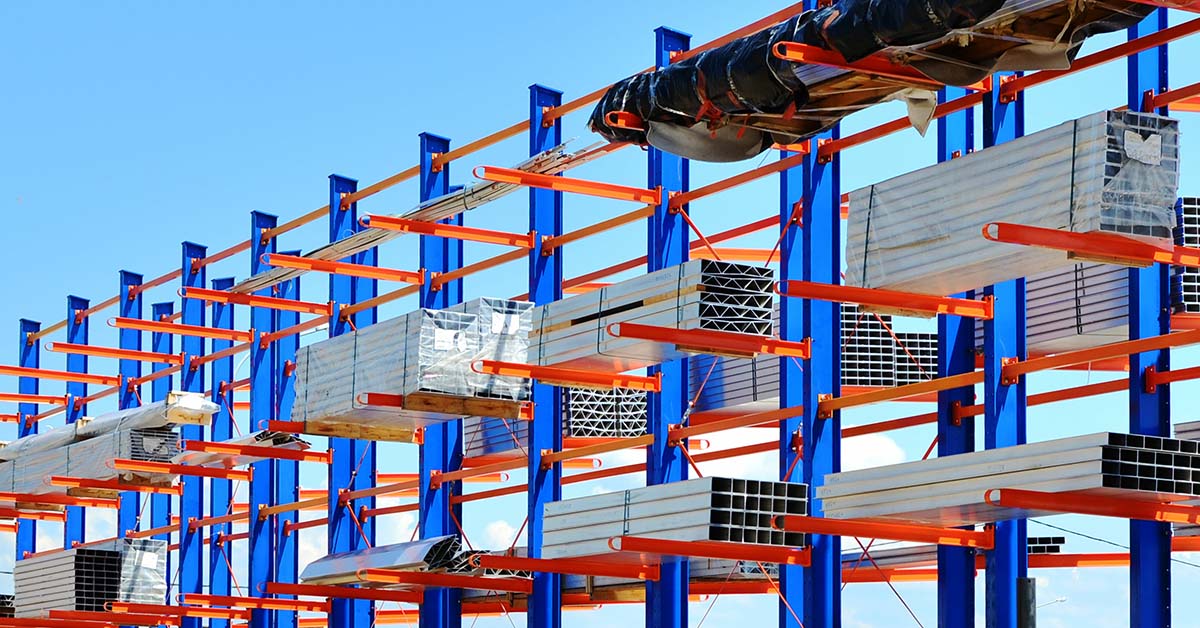Understanding Pallet Rack Frame Capacity and Important Safety Considerations
Pallet racking systems are ubiquitous in warehouses, distribution centers, and manufacturing facilities. These systems provide efficient storage solutions, but to ensure their safety and longevity, understanding the capacity of pallet rack frames is crucial. Overloading or improperly loading these systems can result in disastrous consequences, including damage to goods, injury, or even death. This article delves into the essentials of pallet rack frame capacity and the critical safety considerations to keep in mind.
What is Pallet Rack Frame Capacity?
Pallet rack frame capacity refers to the maximum weight a specific pallet rack frame can safely support. This capacity is determined by factors like the frame’s material, design, height, and the spacing of the horizontal beams. Before adding any load, one must ensure that the combined weight of the stored products does not exceed the frame’s specified capacity.
2. Factors Influencing Frame Capacity:
- Material: Steel is the most common material used for pallet racks because of its strength and durability. However, the quality and gauge of the steel can affect its capacity.
- Design: The design of the frame, such as its shape, bracing, and connection points, can influence its load-bearing ability.
- Height and Beam Spacing: As the height of a rack or the spacing between beams increases, the frame’s capacity may decrease due to increased instability and load distribution challenges.
3. Important Safety Considerations:
- Regular Inspections: Pallet rack systems should be regularly inspected for signs of wear, damage, or deformation. Damaged frames can have significantly reduced capacities and can be a safety hazard.
- Uniform Load Distribution: Ensure that loads are evenly distributed on the racks. Concentrated loads can strain specific sections, risking collapse.
- Professional Installation: Always rely on professionals for the installation of pallet racking systems. Incorrect installation can compromise the rack’s integrity and safety.
- Training: Employees should be trained to understand the importance of load limits and how to identify potential issues or hazards with the racks.
- Aisle Clearance: Maintain clear and wide aisles to prevent accidental collisions with the racks, which can compromise their stability.
- Avoid Overloading: Never exceed the recommended load capacity. Overloading not only jeopardizes the structure but can also lead to a cascade failure, affecting multiple sections of the racking system.
- Use of Protective Equipment: Equip the base of the pallet rack frames with guards or protectors. These help prevent damage from forklifts or other equipment, maintaining the structural integrity of the frame.
4. Consequences of Neglecting Frame Capacity:
Disregarding the frame capacity can lead to:
- Rack deformation or twisting.
- Premature wear and tear.
- Costly damage to goods stored.
- Potential injury or fatality to workers.
- Legal liabilities and penalties.
Pallet rack systems are essential tools in inventory management and warehousing. However, their efficacy and safety lie in understanding and respecting their load capacities. By investing in regular inspections, employee training, and ensuring correct installation, facilities can optimize storage efficiency without compromising on safety. Remember, when it comes to pallet racks, safety first is always the best policy.

Understanding Roll Formed Steel vs Structural Steel
Understanding Roll Formed Steel vs Structural Steel In the world of warehouse storage solutions, pallet racks and cantilever racks play a...
Read MoreExploring the Versatility of Cantilever Racks in Industrial Storage
Exploring The Versatility of Cantilever Racking In Industrial Storage In the dynamic landscape of modern industry, the organization and storage of...
Read More

